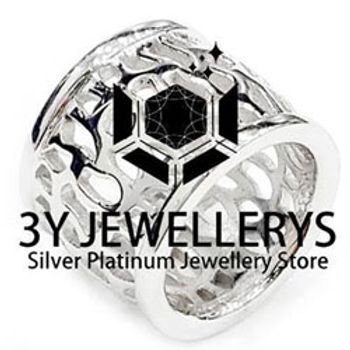Tourmaline is a crystal boron silicate mineral compounded with elements such as aluminium, iron, magnesium, sodium, lithium, orpotassium. Tourmaline is classified as a semi-precious stone and the gemstone comes in a wide variety of colors. The name comes from the Sinhalese word "Thuramali" (තුරමලි) or "Thoramalli" (තෝරමල්ලි), which applied to different gemstones found in Sri Lanka.
Crystal structure
Tourmaline belongs to the trigonal crystal system and occurs as long, slender to thick prismatic and columnar crystals that are usually triangular in cross-section. The style of termination at the ends of crystals is asymmetrical, called hemimorphism. Small slender prismatic crystals are common in a fine-grained granite called aplite, often forming radial daisy-like patterns. Tourmaline is distinguished by its three-sided prisms; no other common mineral has three sides. Prisms faces often have heavy vertical striations that produce a rounded triangular effect. Tourmaline is rarely perfectly euhedral. An exception was the fine dravite tourmalines of Yinnietharra, in western Australia. The deposit was discovered in the 1970s, but is now exhausted. All hemimorphic crystals are piezoelectric, and are often pyroelectric as well.
Color
Tourmaline has a variety of colors. Usually, iron-rich tourmalines are black to bluish-black to deep brown, while magnesium-rich varieties are brown to yellow, and lithium-rich tourmalines are almost any color: blue, green, red, yellow, pink, etc. Rarely, it is colorless. Bi-colored and multicolored crystals are common, reflecting variations of fluid chemistry during crystallization. Crystals may be green at one end and pink at the other, or green on the outside and pink inside; this type is called watermelon tourmaline. Some forms of tourmaline are dichroic, in that they change color when viewed from different directions.
The pink color of tourmalines from many fields is the result of prolonged natural irradiation. During their growth, these tourmaline crystals incorporated Mn2+ and were initially very pale. Due to natural gamma ray exposure from radioactive decay of 40K in their granitic environment, gradual formation of Mn3+ ions occurs, which is responsible for the deepening of the pink to red color.
Treatments
Some tourmaline gems, especially pink to red colored stones, are altered by irradiation to improve their color. Irradiation is almost impossible to detect in tourmalines, and does not, currently, impact the value. Heat treatment is also used to enhance tourmaline. Heavily-included tourmalines, such as rubellite and Brazilian paraiba, are sometimes clarity-enhanced. A clarity-enhanced tourmaline (especially paraiba) is worth much less than a non-treated gem.
